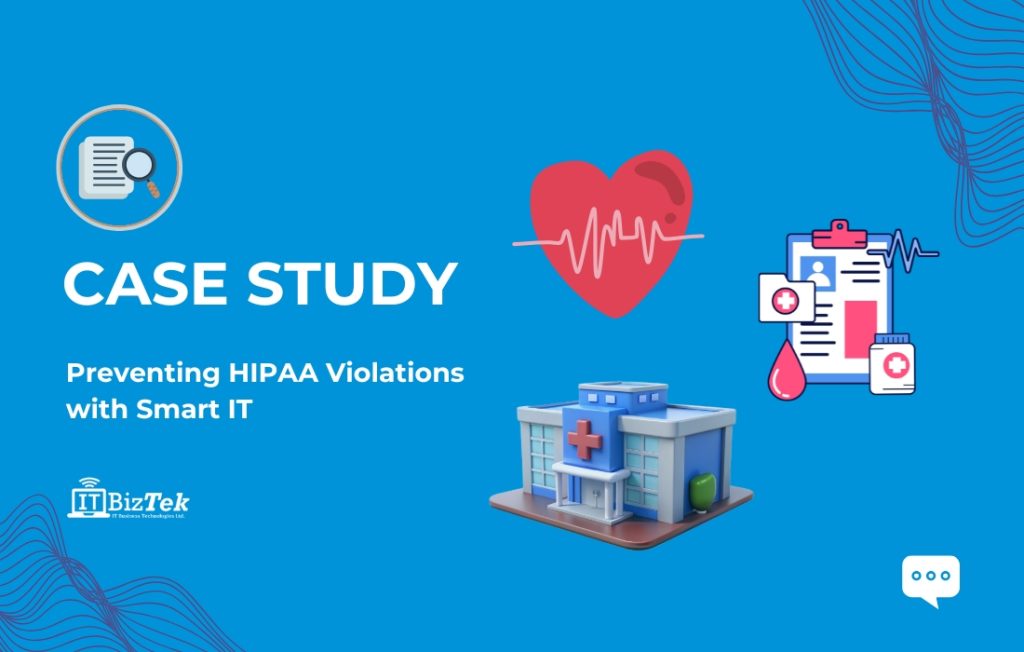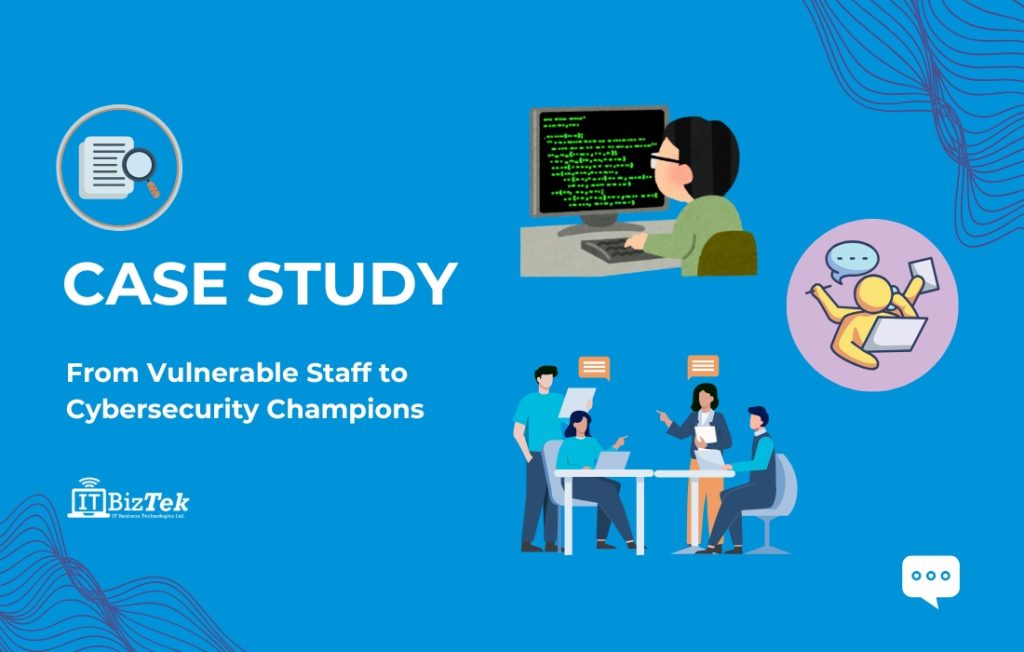In 2023, cybercrime incidents in Canada alone caused an estimated monetary damage of around 3.82 billion U.S. dollars- Statista. This clearly highlights the critical importance of effective disaster recovery planning. In this blog, we’ll explore lessons learned from some of the most significant data breaches of recent years, offering insights into how businesses can bolster their disaster recovery strategies. Understanding these breaches can provide valuable guidance on how to protect operations and safeguard customer data.
The Real Estate Wealth Network Breach: Lax Security Measures Lead to Massive Data Exposure
In December 2023, the Real Estate Wealth Network, a New York-based online real estate education platform, suffered one of the largest data breaches in U.S. history. Over 1.5 billion records were exposed due to non-password-protected folders and inadequate system access controls. The breach revealed a vast amount of sensitive information, including names, addresses, phone numbers, property history, court judgments, and even personal data of high-profile individuals like Kylie Jenner and Floyd Mayweather.
Lessons Learned:
- Strengthen Access Controls: This breach highlights the necessity of robust access controls. Organizations must ensure that all folders and systems are password-protected and access is restricted to authorized personnel only.
- Regular Security Audits: Conducting regular security audits can help identify vulnerabilities before they are exploited. A proactive approach is essential in preventing unauthorized access and safeguarding sensitive data.
A vigilant IT Team or your managed IT service providers can significantly enhance security measures, including access controls and regular audits. These services provide continuous IT Support to monitor and manage access, ensuring sensitive data is protected from unauthorized access.
The MOVEit Vulnerability: The Global Ripple Effect of a Zero-Day Flaw
In June 2023, a zero-day vulnerability in Progress Software’s MOVEit Transfer application led to a massive data breach affecting over 94 million users across more than 2,500 organizations. The breach caused over $15 billion in damages, affecting high-profile organizations, including the U.S. Department of Energy, First National Bank, and several universities.
Lessons Learned:
- Patch Management: The MOVEit breach underscores the importance of timely patch management. Organizations must ensure that all software is up to date with the latest security patches to protect against vulnerabilities.
- Incident Response Planning: Having a robust incident response plan is critical in reducing the impact of a breach. Organizations should regularly test and update these plans to ensure they are effective and comprehensive.
Managed IT Services can play a crucial role in patch management, ensuring that updates are promptly deployed, and systems are continuously monitored for vulnerabilities. These services also provide IT Support to develop and maintain incident response plans, allowing businesses to respond quickly and effectively to any cyber threats.
The Capital One Breach: Insider Threats in a Cloud Environment
In 2019, Capital One experienced a significant data breach that exposed the personal information of over 100 million customers. The breach was caused by a former employee who exploited a vulnerability in the company’s cloud infrastructure. This incident serves as a stark reminder of the risks posed by insider threats and the importance of robust security measures.
Lessons Learned:
- Insider Threat Management: Organizations must implement measures to monitor and detect insider threats. This includes conducting background checks on employees and monitoring their activities for any suspicious behavior.
- Cloud Security: As more businesses move to the cloud, ensuring the security of cloud infrastructure is paramount. Organizations must work closely with their cloud service providers to implement strong security measures.
Managed IT Services offer tools for monitoring insider threats and managing cloud security, providing businesses with the peace of mind that their data is protected. Additionally, IT Support teams work with cloud providers to implement best practices and ensure that cloud environments remain secure.
MGM Resorts International: Ransomware’s Costly Disruption
In September 2023, MGM Resorts International experienced a ransomware attack that led to the shutdown of several key systems, including reservation systems and electronic payment processing. This attack resulted in significant financial losses and operational disruptions, demonstrating the growing threat of ransomware and the need for comprehensive disaster recovery plans.
Lessons Learned:
- Data Backups: Regular and secure data backups are essential in mitigating the impact of ransomware attacks. Organizations should ensure that backups are not connected to the primary network to prevent them from being compromised during an attack.
- Employee Training: Ransomware often infiltrates systems through phishing emails. Regular training programs can help employees identify phishing attempts and avoid falling victim to these schemes.
Managed IT Services can automate data backups and offer secure storage solutions, ensuring that businesses can quickly recover from ransomware attacks. Additionally, ongoing IT Support can provide employee training programs, raising awareness of cybersecurity threats and reducing the risk of breaches.
Key Components of a Comprehensive Disaster Recovery Plan
Developing a comprehensive disaster recovery plan is crucial for protecting against the financial and reputational damage caused by data breaches. Here’s how to structure an effective plan:
-
Risk Assessment:
- Identify potential risks, such as cyber threats, natural disasters, and hardware failures.
- Evaluate the impact of these risks on your business operations and data integrity.
-
Business Impact Analysis:
- Determine the critical functions of your business.
- Analyze the potential impact of a disruption on these functions, helping prioritize the recovery process.
-
Recovery Strategies:
- Develop strategies for recovering critical functions and data.
- Consider solutions like data backups, alternate work locations, and manual processes to maintain operations during disruptions.
-
Testing and Maintenance:
- Regularly test your disaster recovery plan to ensure its effectiveness.
- Update the plan as necessary to accommodate changes in business operations or technology.
Partnering with a Managed IT Services provider can help businesses develop and implement a robust disaster recovery plan. These providers offer continuous IT Support to manage every aspect of disaster recovery, from risk assessment to plan maintenance, ensuring that businesses are prepared for any eventuality.
The lessons learned from these significant data breaches underscore the importance of disaster recovery planning in today’s digital landscape. As cyber threats continue to evolve, businesses must stay vigilant and proactive in protecting their operations and customer data. By understanding these incidents and implementing the necessary measures, businesses can enhance their disaster recovery strategies and minimize the impact of future breaches. With the support of Managed IT Services, businesses can ensure their disaster recovery plans are comprehensive, up to date, and ready to be deployed when needed.










